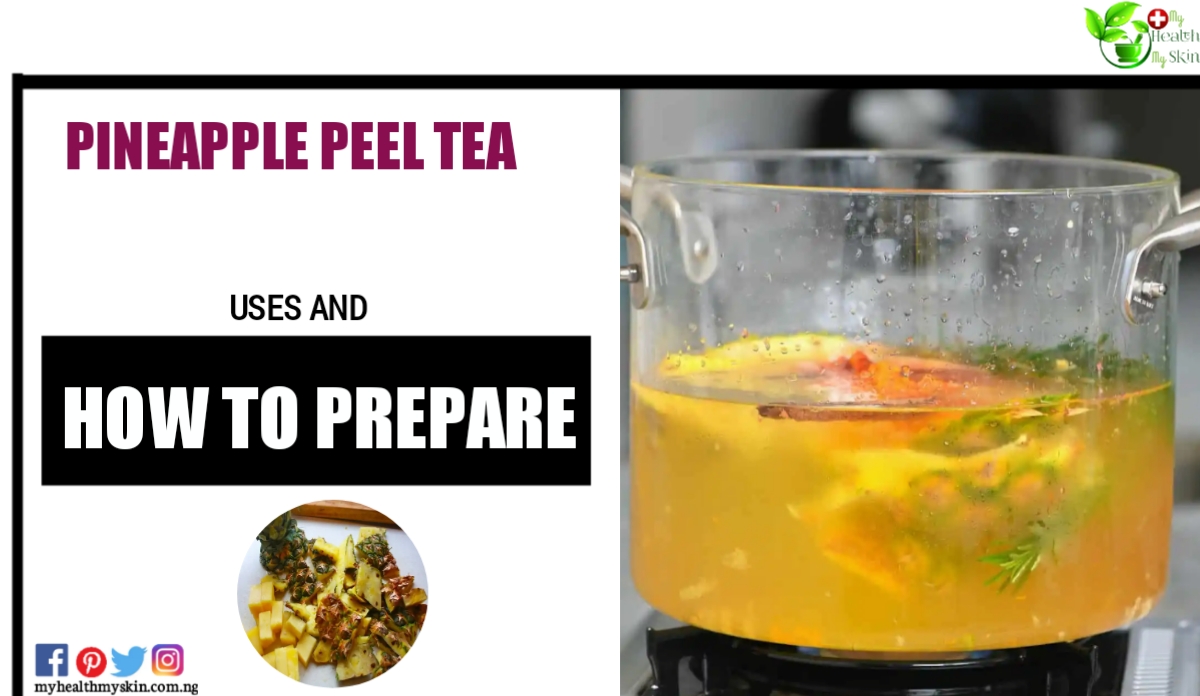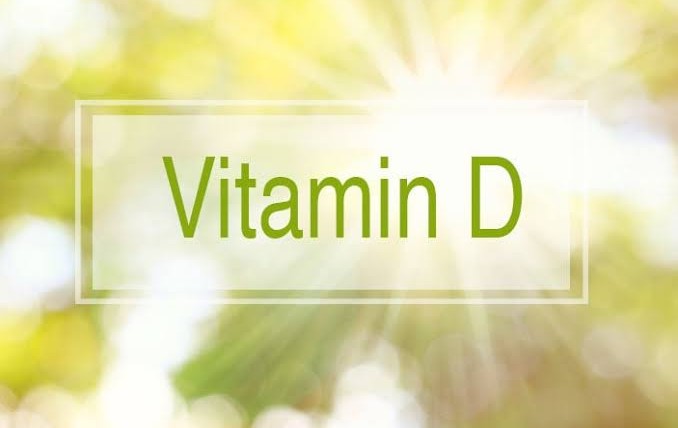Pineapple peel tea is a drink that can be drunk hot or cold. As it is an infusion and not a juice, the tea manages to preserve all the nutritional properties of the fruit.
This is the best option for consumption, after fresh fruit.
According to the Ministry of Health, the pineapple peel has 38% more vitamin C than the pulp.
This high nutritional property is characteristic of bark, seeds, leaves and stalks. However, many people are still in the habit of discarding the unconventional parts of fruits and vegetables.
Here’s the tip for you to reassess your relationship with food. Haven’t you missed out on some sources of vitamins and fiber that could boost your health?
In today’s article, we’re going to talk about the benefits of consuming pineapple peels, plus an easy pineapple peel tea recipe, so you can enjoy the fruit’s nutrients in full.
You Will Learn:
- Pineapple peel tea: what is it for?
- Recipe: How to prepare pineapple peel tea?
- 9 Benefits of Pineapple Peel Tea
- Who can’t have pineapple peel tea?
- Ask your questions about pineapple peel tea
Keep reading!
[lwptoc]
Pineapple Peel Tea: What Is It For?
What do you usually do with pineapple peels? Are you in the habit of throwing them away?
We prepared a simple recipe for pineapple peel tea, which, in addition to generating a tasty drink, is an excellent example of how to reuse or fully enjoy food.
The advantage of pineapple peel tea is that, in addition to reducing waste, it is a way to maintain the fruit’s nutrients.
Tea is a good alternative to consume pineapple, taking advantage of benefits such as improving food digestion, combating constipation, preventing diseases such as rheumatism and arthritis , in addition to promoting cleansing in the blood.
It is also worth applying the same idea to other fruits: orange peel has 40 times more calcium than pulp, while apple peel and tangerine have twice as much vitamin C compared to pulp.
Let’s Go To The Recipe?
Recipe: how to prepare pineapple peel tea?
With basic ingredients and a simple step by step, it is possible to give life to a delicious drink.
To prepare pineapple peel tea, you will need:
- 1.5 liters of water;
- Pineapple Peels;
- 5 carnations;
- 1 cinnamon stick;
- 10 mint leaves.
Now, let’s get down to business.
- First, you must put the water in a pan and put it on the fire, with the pan uncovered.
- Allow the water to heat up before continuing with the other ingredients. When it starts to boil, add the pineapple peels.
- Then add the 5 cloves and the cinnamon stick. There is no need to stir, these ingredients will loosen their flavor during infusion.
- Finally add the mint. It will complement the flavor, bringing freshness to your drink.
- Now, put the lid on the pan and let it boil, with it closed, for about 5 minutes. You can check it from time to time by opening the lid. The mint should be wilted and the water will have already changed color.
- When ready, remove the skins, cloves and cinnamon. If desired, keep the mint leaves. Serve hot or cold.
Tip: tea can be stored in the fridge for up to 3 days. Give preference to glasses with a lid, to preserve the flavor and properties of the drink.
How To Consume Pineapple Peel Tea
The pineapple peel is very rich in vitamins , having more vitamin C than the fruit pulp.
You can consume the pineapple in natura , as juice or as tea – and here, use the peel to, in addition to reducing waste, intensify the absorption of vitamins.
But, if you prefer the liquid version, know that it is only with tea that you can enjoy all the health benefits of pineapple. This is because the infusion preserves the fruit’s nutrients.
It can be consumed both hot and cold, it is an excellent option for summer or winter. Also, as it can be stored for up to three days, you can make a larger amount of tea and spread the consumption over this period.
It’s quick and easy to make, and it’s a delicious way to incorporate the benefits of pineapple peel tea into your daily life.
Want to know more about what these benefits are? So, keep reading!
[lwptoc]
9 Health Benefits of Pineapple Peel Tea
Pineapple is a fruit full of benefits: it contains a lot of vitamin C, in addition to bromelain, an enzyme that helps digestion. Because of this, it helps to avoid feeling bloated and constipated.
The tea, being an infusion, makes better use of the beneficial properties of the fruit.
Therefore, using the peels for pineapple tea is ideal, as it contains the highest proportion of nutrients.
Containing just 40 calories per cup, pineapple peel tea is diuretic, thermogenic, reduces appetite and increases the feeling of satiety.
Therefore, it is a great ally for those who want to lose weight.
Don’t forget, however, that in order to lose weight in a healthy way, you need nutritional re-education and physical exercise.
Do not look for any miracle diet l, as this type of attitude will end up destroying your metabolism. A nutritionist can help you change your habits.
Check out the main health benefits of pineapple peel tea below. Surely, at the end of the reading, you will be putting the water to heat.
It Is A Diuretic And Helps With Weight Loss
It helps in the weight loss process, as it has only 40 calories per cup, increases satiety and is thermogenic (accelerating metabolism).
Furthermore, it is a diuretic, helping with the problem of fluid retention and preventing the sensation of bloating.
Improves Immunity
It is well known that vitamin C is powerful in fighting various diseases.
Vitamin consumption strengthens immunity (no wonder this is the recommended vitamin to avoid the flu, for example).
Remembering, too, that it is in the pineapple peel that vitamin C is most present.
Aid In Digestion
Vitamin C is also responsible for helping to generate gastric juices, which break down the food consumed.
Thus, pineapple helps in digestion, as it allows a good production of digestive juice.
In addition, the fruit contains an enzyme, called bromelain, which helps break down protein particles.
Improves Blood Circulation
As the vitamin C present in the pineapple peel helps to deflate, the blood circulation is also benefited, since the arteries are free for the passage of blood.
Improves Skin Health And Eyesight
Due to its high concentration of vitamin C, pineapple peel tea helps to protect eyesight, even preventing cataracts.
In addition, due to its anti-inflammatory properties, pineapple peel tea helps to improve the appearance of the skin, preventing diseases such as acne, rosacea, psoriasis or eczema.
Relieves Arthritis Symptoms
As already mentioned, pineapple peels tea has anti-inflammatory properties.
Therefore, arthritis patients can experience relief from their symptoms by adding tea consumption to their diet.
Help In Preventing Cancer
Vitamin C, present in abundance in the pineapple peel, stimulates the action of white blood cells, essential for our immune system.
With its antioxidant effect, it fights free radicals, responsible for cell mutations – which cause cancer.
Antioxidant Action
Pineapple peel is an antioxidant, helping to prevent aging.
Promotes Bone Health
Magnesium, which helps strengthen bones, is present in pineapple peels.
In addition, the bark has a good amount of vitamin C, which helps prevent bone diseases and is anti-inflammatory.
Calcium, thiamine and biotin are other properties present in the fruit peel that also serve to make bones stronger.
Who Can’t Have Pineapple Peel Tea?
Pineapple peel tea is not suitable for people suffering from high blood pressure, pregnant women and nursing mothers.
People with stomach problems, such as gastritis, ulcers or reflux, should also avoid drinking tea.
Pineapple is an acidic fruit, so it should be consumed in moderation to avoid triggering intolerances or adverse reactions, such as heartburn.
Ask your questions about pineapple peel tea
You’ve already understood the main benefits of consuming pineapple, and you’ve seen that making a pineapple peel tea only takes a few minutes of your day.
But so that there is no doubt about the advantages of consuming this drink rich in vitamin C and anti-inflammatory and antioxidant properties, let’s answer other possible questions.
Check out:
Pineapple Peel Tea Has Too Many Calories?
No. A cup of pineapple peel tea has just 40 calories. However, you must be careful with the amount consumed: despite being a drink with few calories and many benefits for the body, pineapple is an acidic fruit.
Thus, excessive consumption can trigger stomach problems such as reflux, heartburn and gastritis.
Can I Sweeten The Pineapple Peel Tea?
If you’re looking to take advantage of the slimming benefits of pineapple peels, sweetening is not a good idea.
The cinnamon and cloves, which you add to the recipe, already help to break the fruit’s acidity a little.
But if you still find the drink too sour, try using natural sweeteners such as stevia or xylitol.
Avoid, at all costs, the use of sugar. Otherwise, the positive properties of pineapple peel tea will not have as much influence on your health – sugar, especially refined sugar, is a real villain for your body.
Conclusion
Pineapple is a fruit that, in addition to being delicious, has many healthy properties for our body.
It can be consumed fresh, such as juice or tea, offering vitamins and other nutrients that help strengthen immunity, fighting a series of diseases. Other than that, it also helps with weight loss and has an anti-aging effect.
Want better justification? We have one more:
Pineapple can be consumed in its entirety! As we’ve seen in this article, the peels, which you used to throw away, have even more vitamins than the pulp. You can use them to make your tea. The infusion is the best way to absorb all its properties. To see more post on Diet & Nutrition click here.

Have You Made Our Pineapple Peel Tea Recipe? Leave A Comment, Telling How It Was!






